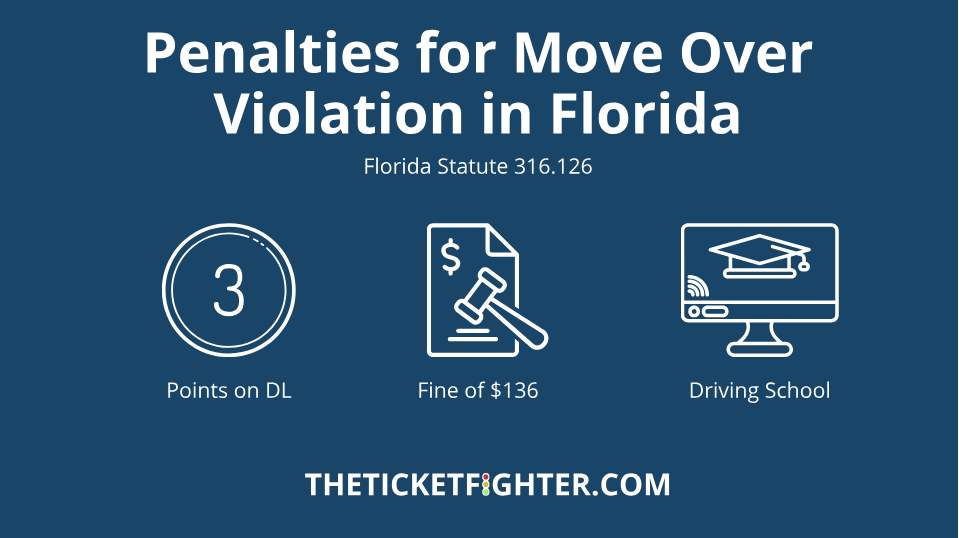The Current Law
As it stands, the current Florida Move Over Law requires drivers to exercise caution when approaching certain stationary vehicles on the side of the road. The law mandates that motorists must move over to the next lane if they can do so safely for the following types of stopped vehicles:
- Law enforcement vehicles
- Emergency vehicles
- Sanitation vehicles
- Utility service vehicles
- Tow trucks or wreckers
- Maintenance or construction vehicles displaying warning lights but without advanced signs or channelizing devices
If changing lanes is not possible due to traffic conditions or other reasons, drivers must reduce their speed to at least 20 mph below the posted speed limit. This provision is crucial to provide a safety buffer for roadside workers and prevent accidents caused by high-speed passing near work zones.
Expansion of Protected Vehicles
In an effort to further protect motorists in vulnerable situations, the Florida legislature passed an amendment to the Move Over Law on July 1, 2023. This amendment will take effect on January 1, 2024, and introduces the following additional categories of vehicles to be protected under the law:
- Disabled Motor Vehicle with Active Hazard Lights: Motorists whose vehicles have become disabled and are displaying active hazard lights will now be included in the protected vehicle category. This change recognizes the vulnerability of stranded drivers and ensures they receive the same level of protection as other stopped vehicles.
- Vehicles Using Emergency Flares or Signs: Vehicles that are stationary and are utilizing emergency flares or signs to signal their presence will also be covered by the updated law. These signals are commonly used to indicate potential hazards or accidents, and it is essential for passing drivers to exercise caution in such situations.
- Vehicles with Visible Occupants: The amendment also includes vehicles that have people visibly present outside the vehicle while stopped. This addition acknowledges that the presence of individuals outside a stopped vehicle increases the risk and requires passing drivers to provide an extra safety margin.
Pros and Cons of the Updated Law
The changes to Florida’s Move Over Law will undoubtedly lead to several benefits but also cons:
Enhanced Road Safety: By expanding the protected vehicle categories, the law provides an added layer of safety for both roadside workers and vulnerable motorists. This reduction in potential hazards will lead to fewer accidents and injuries on Florida’s roads.
Increased Awareness: The updated law will bring attention to the importance of moving over or slowing down when passing stationary vehicles. Improved awareness will lead to a safer driving culture and fewer violations of the Move Over Law.
Prevention of Secondary Accidents: With more comprehensive protection for stranded motorists and their vehicles, the risk of secondary accidents caused by passing vehicles will be significantly reduced.
More Traffic Tickets: With new laws come more opportunity for police officers to write more tickets, and they will.
Confusion: These new vehicle categories might lead to confusion among drivers about which situations require them to move over or slow down. Some motorists may struggle to identify vehicles covered under the updated law, leading to a traffic ticket.
Conclusion
Be conscious of the expanded categories of vehicles protected under the law, so as to protect yourself from a traffic ticket, but even more important, the people with which you share the road.
People really do get hit on the side of the road. I have known more than my share of these life changing incidents.
Be mindful and safe.

